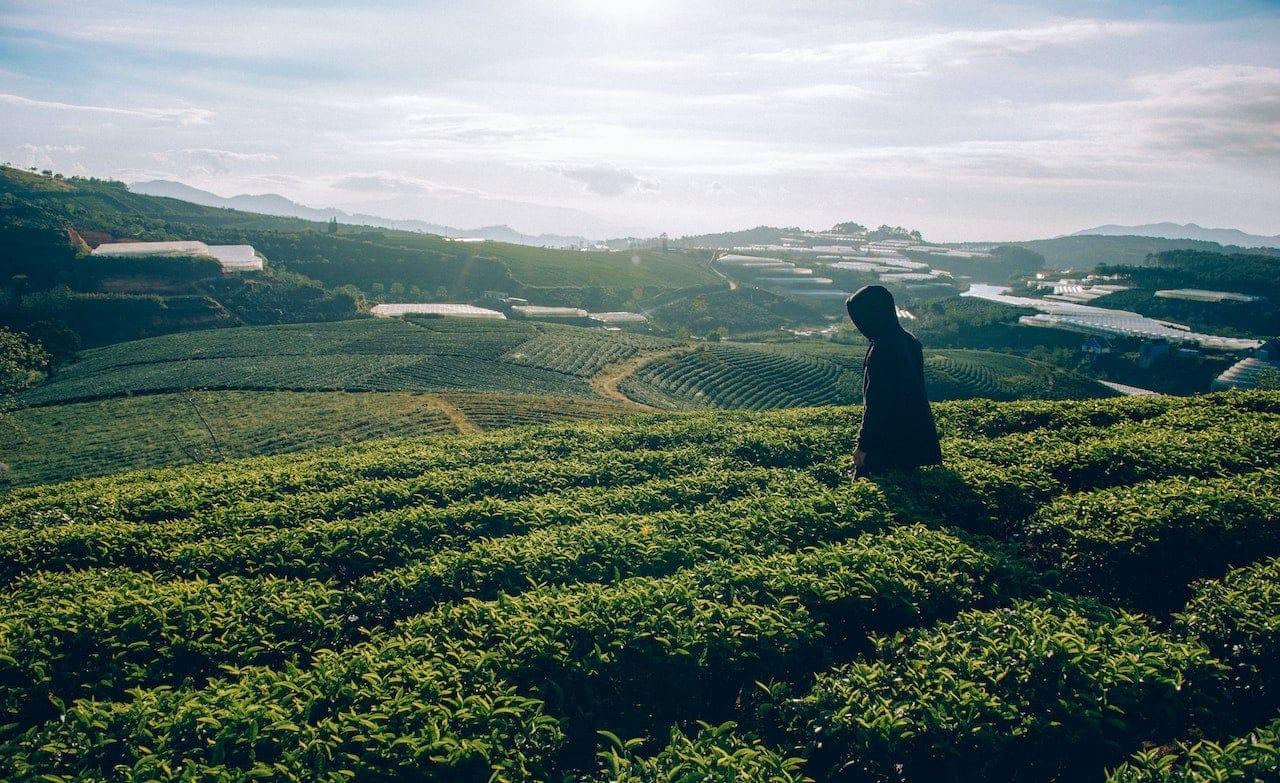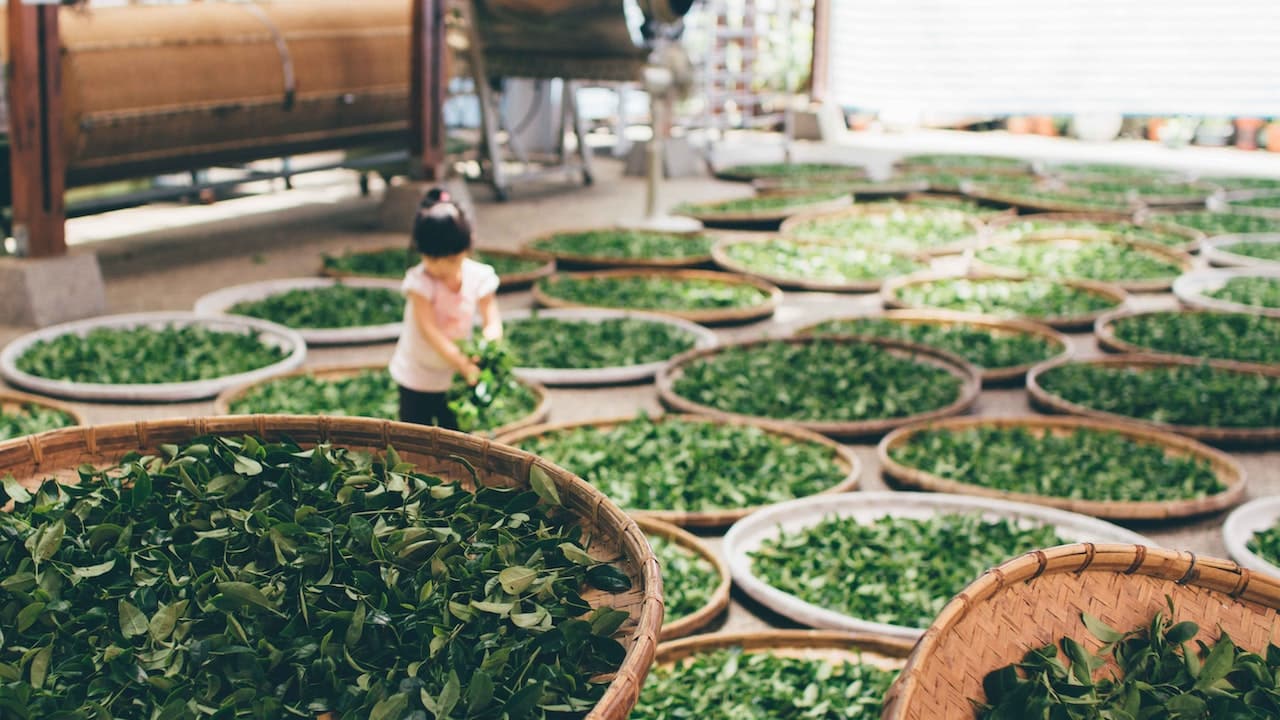Are you a tea lover? Do you always need a cup of hot tea to function every morning? If yes, then today's article will be a treat for you.
All of you guys know what tea is. But do you even know how big the tea industry is? Today, we will discuss the tea industry and the external factors that impact the tea industry by conducting a PESTLE Analysis of The Tea Industry.
Before conducting the PEST analysis, let's look at the history and the current position of the tea industry. The tea industry has a long and fascinating history dating back thousands of years.
The origins of tea can be traced back to ancient China, where legend has it that Emperor Shen Nong discovered the beverage in 2737 BC when a leaf from a tea plant fell into his boiling water.
The Chinese quickly realized tea's potential as a beverage and medicinal herb, and tea soon became an important part of Chinese culture. By the Tang Dynasty (618-907 AD), tea was being traded along the Silk Road and had spread to other parts of Asia.
Tea was introduced to Europe by Portuguese traders in the 16th century, and it quickly became popular among the wealthy classes.
The British East India Company began importing tea from China in the 17th century, but the high cost of the tea trade led to the development of tea plantations in India and Sri Lanka (then known as Ceylon) in the 19th century.
This led to a boom in the tea industry, and tea quickly became one of the most essential commodities in the global economy. Today, the tea industry is a major player in the global economy, with production and consumption taking place worldwide.
The largest producers of tea are China, India, and Kenya. In contrast, Turkey, Ireland, and the United Kingdom are the largest tea consumers. Two main types of tea are produced commercially: Camellia sinensis and herbal tea.
Camellia sinensis is the species of plant used to produce black, green, oolong, and white teas. In contrast, herbal teas are made from various other plants and herbs.
The tea industry has faced several challenges in recent years, including climate change, rising labor costs, and increased competition from other beverages. The industry has responded by developing new varieties of tea, improving production techniques, and promoting the health benefits of tea.
In addition, there has been a growing interest in specialty teas, such as organic and fair trade teas, which appeal to consumers concerned about the environmental and social impacts of tea production.
Currently, the tea industry has a market of $23.2 billion. Moreover, the tea industry is expected to grow at a rate of 5.4% till 2028. Now that we have an insight into the tea industry let's proceed further and discuss what PESTLE analysis is.
PESTLE analysis is a tool that businesses use to analyze the political, environmental, social, technological, legal, and economic factors that impact different organizations and industries. After discussing what PESTLE analysis is, let's conduct the PESTLE analysis of the tea Industry.

Political Factors Affecting The Tea Industry
Political factors refer to the impact of government policies and regulations on a particular industry. For example, in the case of the tea industry, several political factors impact it.
One critical political factor impacting the tea industry is government regulations. Governments around the world regulate the tea industry through various policies and laws.
For example, some governments regulate the imports and exports of tea, the use of pesticides and fertilizers in tea cultivation, and the labeling and packaging of tea products.
These regulations affect the tea industry's production, distribution, and marketing practices. Therefore, companies must comply with the rules to avoid penalties and legal issues.
Another political factor that affects the tea industry is political stability. Political instability, such as wars, civil unrest, and regime changes, can disrupt the supply chain of tea products, leading to shortages, price hikes, and lower-quality products.
Similarly, political instability in India, Sri Lanka, and China can affect the tea industry's growth and profitability. Moreover, geopolitical factors also impact the tea industry. For example, the relationship between tea-producing and tea-consuming countries can affect the tea trade and supply chains.
Trade agreements, tariffs, and diplomatic relations between countries can affect the tea industry's access to markets and resources. Moreover, geopolitical tensions and conflicts can lead to trade disputes, boycotts, and embargoes, disrupting the tea industry's operations and growth.

Economic Factors Affecting The Tea Industry
In a PESTLE analysis, the "E" stands for economic factors that impact the tea industry. Economic factors refer to the influence of economic conditions, such as inflation, interest rates, exchange rates, and economic growth, on the industry's operations and profitability.
One of the most important economic factors that affect the tea industry is the global demand for tea. The tea industry relies on global demand, and fluctuations in the market can impact the industry's operations, profitability, and growth.
Factors that affect global demand for tea include changes in consumer preferences, demographic trends, and health and wellness trends.
For example, the growing demand for healthy and natural products has increased the demand for organic and herbal teas. In contrast, declining demand for sugary beverages has impacted the sales of traditional black tea.
Exchange rates are another economic factor that impacts the tea industry. Changes in exchange rates can affect the industry's export and import markets, affecting the industry's operations and profitability.
For example, a stronger dollar can make tea exports more expensive, reducing demand and revenue for tea companies. On the other hand, a weaker dollar can make tea exports more affordable, leading to increased demand and revenue for tea companies.
Economic growth is another significant economic factor that affects the tea industry. Economic growth creates opportunities for the industry by increasing disposable income, improving living standards, and expanding consumer markets.
Moreover, economic growth in emerging markets can lead to increased demand for tea, especially in countries such as China and the UK, the world's largest tea consumers. However, economic downturns can have the opposite effect, reducing demand and profitability for the tea industry.
Social Factors Affecting The Tea Industry
Social factors in the PESTLE analysis refer to the social and cultural aspects that impact an industry's operations, customer behavior, and market trends.
Changing consumer preferences is one of the most significant social factors affecting the tea industry. Consumers are becoming health-conscious and seeking healthier alternatives to sugary sodas and carbonated drinks.
As a result, there has been an increase in demand for organic and herbal teas, as they are perceived to have health benefits such as boosting the immune system and reducing stress.
In addition, consumers are looking for convenience, which has led to the development of tea bags and instant tea products that are quick and easy to prepare.
Another social factor affecting the tea industry is the changing demographics of tea consumers. The industry's primary consumers are middle-aged and elderly individuals, and the industry must adjust to cater to younger generations.
Millennials and Gen Z are increasingly becoming tea consumers. As a result, the industry must appeal to their preferences for unique and innovative products. For example, tea brands now offer tea blends with unique flavors and packaging to attract younger consumers.
Cultural factors are also essential in shaping the tea industry's operations and consumer demand. Tea is deeply embedded in many cultures and is associated with specific rituals and customs.
Tea is essential to daily life in countries like India, China, and Japan. Therefore, the industry must understand these cultural nuances to develop products that cater to these consumers' preferences. For example, Chinese consumers prefer green and white tea, while Indian consumers prefer black tea with milk and sugar.

Technological Factors Affecting The Tea Industry
Technological factors are technological innovations and advancements that impact an industry's operations, production processes and consumer behavior. This section will examine technological factors affecting the tea industry and how they impact its operations and profitability.
One of the most significant technological factors affecting the tea industry is the use of machinery in tea production.
Tea production has traditionally been a labor-intensive process. Still, technological advancements have enabled producers to use machinery to automate many aspects of the production process, such as plucking tea leaves, which reduces the time.
E-commerce platforms and digital marketing tools are other technological factors that have impacted the tea industry. As a result, tea companies can now market their products to a broader audience through online channels, enabling them to reach consumers in different regions and countries.
Moreover, technology has enabled tea companies to improve their supply chain management. Tracking technology and monitoring systems have been used to enhance the traceability and transparency of tea products, enabling tea companies to monitor the movement of tea from the field to the consumer.
Legal Factors Affecting The Tea Industry
This section will focus on the legal factors that impact the tea industry. Intellectual property law is one of the key legal factors that impact the tea industry.
Tea producers often rely on trademarks, patents, and copyrights to protect their products and brands. Unfortunately, weak intellectual property laws often promote counterfeit products, damaging the original tea brands.
Another legal factor that impacts the tea industry is food safety regulations. Tea is a consumable product, subject to food safety regulations in most countries.
Producers must comply with regulations governing the use of pesticides, herbicides, and other chemicals in tea production and regulations governing packaging and labeling. If producers fail to comply with these regulations, they face fines and product recalls.
Labor laws are another important legal factor in the tea industry. Tea production is labor-intensive, and many tea-producing countries have laws governing workers' rights, including minimum wage laws, working hours, and safety regulations. Companies that violate these laws can face legal action, fines, and damage to their reputation.

Environmental Factors Affecting The Tea Industry
Several environmental factors impact the tea industry. Climate change is a major environmental factor affecting the tea industry. Tea plants require specific climatic conditions to grow and thrive.
Temperature, rainfall patterns, and humidity changes can significantly impact tea production. For example, excessive rainfall or drought conditions can damage tea crops, reduce yields, and affect the quality of tea leaves.
Rising temperatures can also affect the chemical composition of tea leaves, leading to changes in taste and aroma. Another environmental factor that affects the tea industry is deforestation. Deforestation is a significant threat to the tea industry, as tea plants require a specific type of soil and ecosystem to grow.
Deforestation destroys forests and alters ecosystems, leading to soil erosion, degradation, and reduced soil fertility.
As a result, tea plants may not get the nutrients they need to grow, leading to reduced yields and lower-quality tea leaves. Deforestation can also lead to soil erosion and landslides, damaging tea plantations and infrastructure.
Water scarcity is another environmental factor that affects the tea industry. Tea plants require adequate water to grow and produce high-quality tea leaves. However, water scarcity can lead to reduced yields and lower-quality tea leaves.
In some regions, water scarcity is a significant problem, and tea plantations may face challenges accessing water for irrigation. Furthermore, water scarcity can lead to conflicts between tea plantations and local communities that depend on the same water sources for their livelihoods.

PESTLE Analysis of the Tea Industry: Final Word
The tea industry has a long and fascinating history and is a major player in the global economy. Since the tea industry is one of the biggest industries today, we decided to conduct a PESTLE analysis of the tea industry.
This PESTLE analysis discussed how different external factors impact the tea industry. This article first discussed the history of the tea industry. Then it analyzed various political, social, economic, environmental, technological, and legal factors that affect the tea industry.
After reading this article, we assume you know the insights into the tea industry and now know the PESTLE analysis framework. If you enjoyed reading this article and want to know more about the PESTLE analysis then do look at some examples of the PESTLE analysis.










